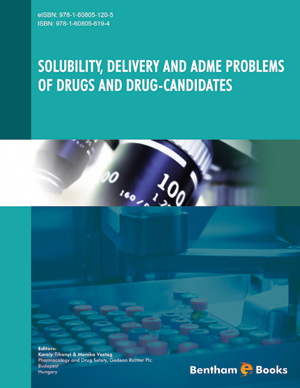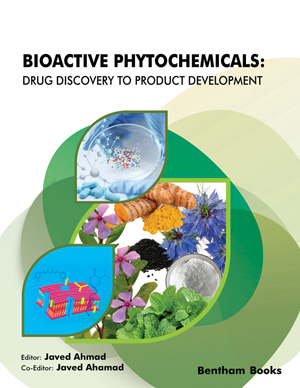Abstract
A high enough level of bioavailability (BA) is a prerequisite in order for a drug to take effect. Absolute bioavailability is the fraction of a dose that reaches systemic circulation following oral administration. The key determinants of the systemically available drug level are the amount of the dose that enters the enterocytes and the fraction that escapes as a result of metabolism by the gut wall and/or the liver. Body biology, drug properties and formulation factors all influence the outcome. In silico, in vitro and in vivo models for drug screening have been developed and are able to provide predictions for human absorption in accordance with the degree of complexity of the model.
This chapter provides a summary of the drug properties and biological variables in the gastrointestinal tract that influence drug absorption, and summarises the key models that have been developed and are in use for screening and predicting intestinal drug absorption.






















